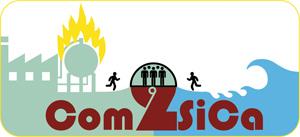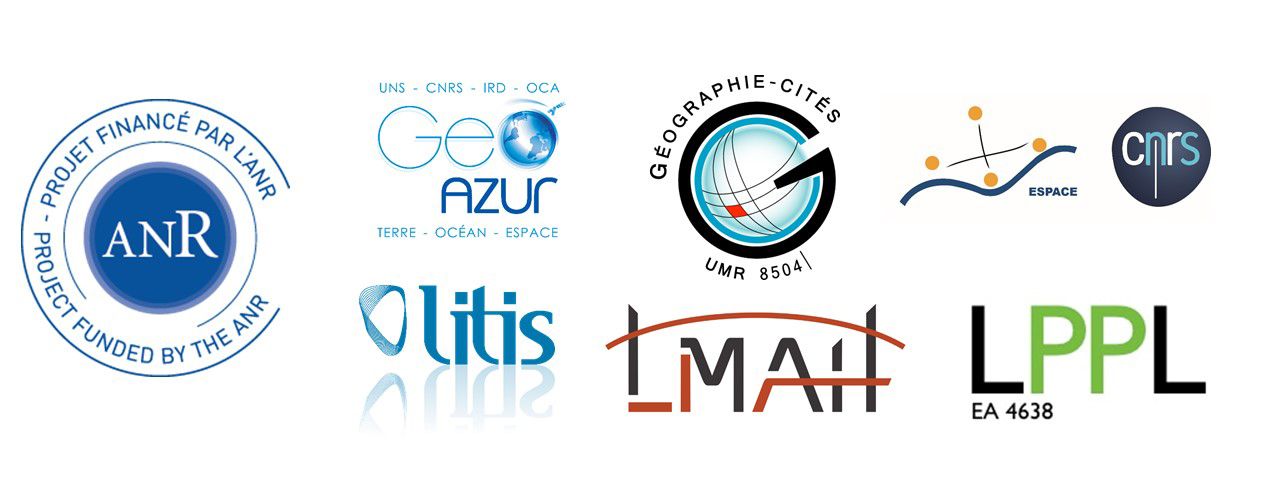 While the past forty years have been affected by a significant increase in the number of disasters, they have also proved the intricacy of the events when numerous causes mingled together (physical, biological, technological and human causes). Those trends should not reverse over the coming years, for numerous risk factors remain: climate change, geopolitical strains, risks associated with technological development and the needs of human societies, population growth and poverty, environment degradation and urban pressure, etc. (URD, 2010). Modern societies, whatever their stages of development, are still inadequately prepared to cope with the intricacy and suddenness of disaster events, and become resilient. Populations often do not know how they should react or take action to protect themselves against a threat or danger (CEPRI, 2013). If some behaviors prove to be appropriate, some other ones, unfortunately more numerous (Boyd, 1981; ISI, 2012), turn out to be inappropriate (stunning, escape towards the danger zone, etc.) or clearly insane (curiosity, goods protection, etc.), as compared to the behaviors expected by the operational stakeholders (Quarantelli, 2008) and that are recommended in prevention tools. This partial misconception is not confined solely to populations and policy-makers; it also relates to the difficulties encountered by the research community in identifying the range of behavior patterns actually triggered in the face of a disaster (Crocq, 1994), their sequence, dynamics, and interdependence (Provitolo et al. 2015).
While the past forty years have been affected by a significant increase in the number of disasters, they have also proved the intricacy of the events when numerous causes mingled together (physical, biological, technological and human causes). Those trends should not reverse over the coming years, for numerous risk factors remain: climate change, geopolitical strains, risks associated with technological development and the needs of human societies, population growth and poverty, environment degradation and urban pressure, etc. (URD, 2010). Modern societies, whatever their stages of development, are still inadequately prepared to cope with the intricacy and suddenness of disaster events, and become resilient. Populations often do not know how they should react or take action to protect themselves against a threat or danger (CEPRI, 2013). If some behaviors prove to be appropriate, some other ones, unfortunately more numerous (Boyd, 1981; ISI, 2012), turn out to be inappropriate (stunning, escape towards the danger zone, etc.) or clearly insane (curiosity, goods protection, etc.), as compared to the behaviors expected by the operational stakeholders (Quarantelli, 2008) and that are recommended in prevention tools. This partial misconception is not confined solely to populations and policy-makers; it also relates to the difficulties encountered by the research community in identifying the range of behavior patterns actually triggered in the face of a disaster (Crocq, 1994), their sequence, dynamics, and interdependence (Provitolo et al. 2015).
One of the major challenges today in the field of human security is therefore to better understand and anticipate both individual and collective human behaviors in the face of threats or disasters, whatever their causes. Actually, the way we predict or anticipate human response determines how we manage emergency situations (Drury and Reicher, 2011); it helps enhance the resilience of human societies, keep events under control as well as their spatial and temporal extents.
The Com2SiCa project aims at meeting this challenge, by addressing the 3 crucial topics for solving the issue: acquisition and analysis of real data that could be used to identify, describe and classify human behavior types, whatever the root causes of the disaster; mathematical modeling of the spatio-temporal dynamics of behaviors, which reliability is tested based on actual empirical and statistical relationships; adjustment of the developed tools and transfer to public authorities for training and policy-making purposes. Two case studies will be conducted: the occurrence of a tsunami over the Côte d'Azur coastline and a technological accident over Le Havre conurbation.
In order to achieve these objectives the project consortium, which has expertise on the themes raised, the related investigation methods, and on mathematical and computational modeling, has formed a work team of geographers, psychologists, mathematicians, computer scientists, and geophysicists, as well as institutional and operational bodies in charge of the security of population and territory. Their joint preparatory works, funded by Université Côte d’Azur (UCA-IDEXJedi 2016-2017) and the French National Center for Scientific Research (CNRS- Peps HuMaIn 2013 and 2014), and which results were published (Verdière et al. 2014; Provitolo et al. 2015; Cantin et al. 2016), promote the success of the program.

PRINCIPAL INVESTIGATOR: D. Provitolo
ANR 2017 FUNDING
BEGINNING on Febuary 2018
DURATION 42 months




